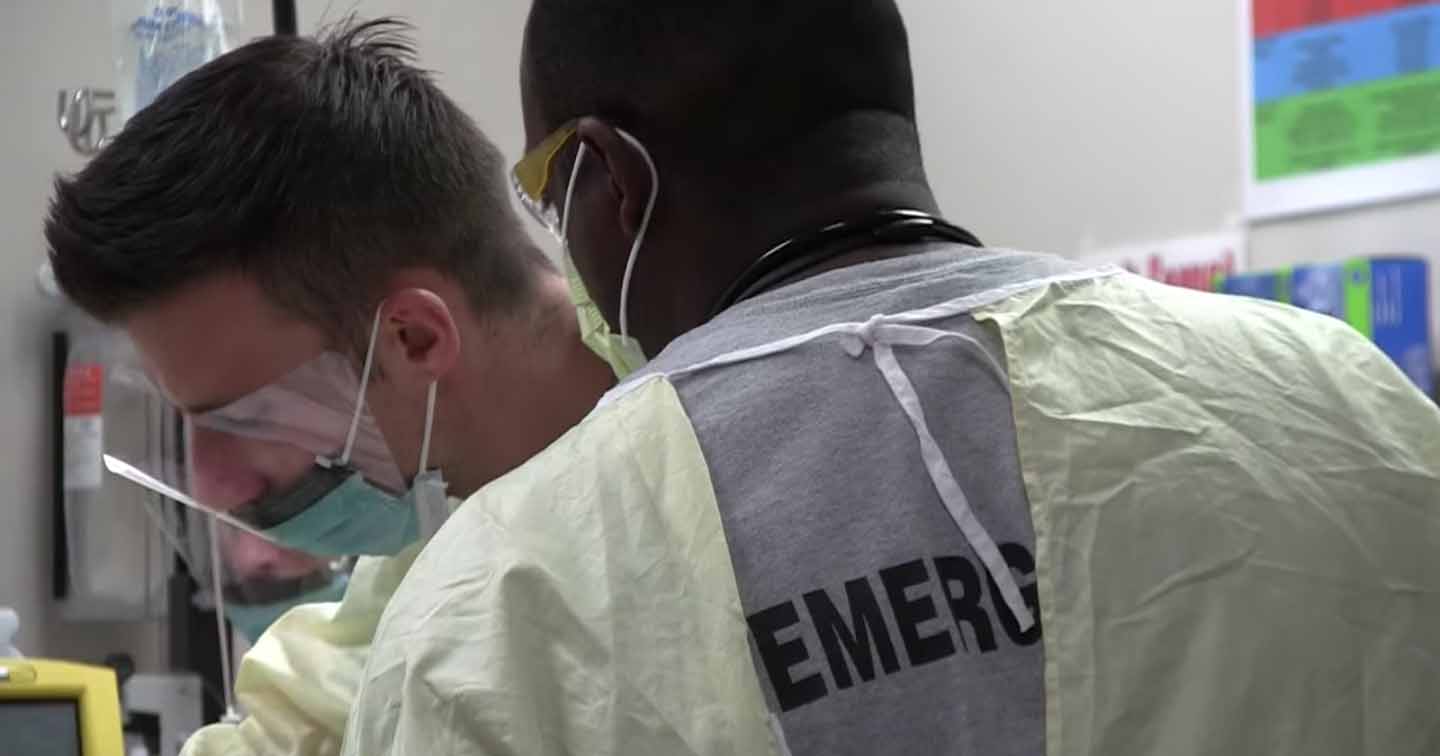
In particular, when it comes to trauma center levels, Indiana emergency rooms can be further divided into the following levels: The level of medical expertise will vary widely from facility to facility, so it is important to choose wisely. Instead, patients can be seen for minor illnesses and injuries, but they will almost always be seen by an advanced practice nurse or physician’s assistant rather than a licensed physician.ĭepending on the type of facility and provider you see, some of these terms may be used interchangeably. They are generally not staffed by physicians. Many are operated by national pharmacy chains. Retail walk-in clinics – These can be open 24/7.These are full-service hospitals, but they focus on treating a limited segment of patients. Specialty hospitals – Around Indiana, you will find hospitals devoted to children, seniors and specific types of medical conditions.They are simply smaller than traditional hospitals, and they generally lack many of the specialty departments of a hospital. The facilities have the capacity for emergency care and overnight stays. Micro-hospitals – The retail model of a mini-emergency room is becoming more popular in Indiana.Private physicians’ offices – These are your typical primary care physicians and specialists who maintain office environments and are not equipped to perform complex surgical procedures.Procedures include everything from knee and hip replacements to reconstructive procedures. These facilities are designed to handle surgeries that do not require hospitalization or in-patient recovery. Outpatient surgical centers – In recent years, private surgical centers have popped up around the country, allowing surgeons to perform complex procedures closer to where patients live.These facilities have a wide range of care levels. These facilities often have helicopter pads and receive patients from the scene of major accidents and by transfer from regular nearby emergency departments. Trauma centers – A trauma center is a specialized hospital that has higher-level providers who are specially trained to deal with catastrophic injuries.They are designed, for the most part, to allow people access to primary care services outside of times when a doctor’s office is open such as late nights and weekends. Some urgent care centers have room for patients to be kept for observation or even to be admitted overnight. Urgent care centers – Urgent care clinics are a cross between a physician’s office and a small-scale hospital.For this, a patient should be taken to a trauma center.

But they may not be equipped to handle extreme and severe traumas.
#TRAUMA CENTER LEVELS OF CARE FREE#
If you suspect a serious medical error, call us today to schedule a private and free case evaluation to discuss your situation with an experienced medical malpractice attorney.

Also, the confusion often leads people to go to the wrong type of facility for their needs.Īt Baker & Gilchrist, we help individuals and families throughout Indiana who have been hurt by medical malpractice. Many providers will accept patients or render care in situations where they ought to refer the patient to a higher level of treatment. Sadly, health care facilities do not always help the situation. A lot of Americans have a hard time distinguishing the levels of care and where to go for their injuries or illnesses. All sorts of health care facilities offer medical care – each with its own level of care. In the past, you may have had just two choices for health care – your local doctor and the hospital. Get Your Free Case Review Today Send for Help Today


 0 kommentar(er)
0 kommentar(er)
